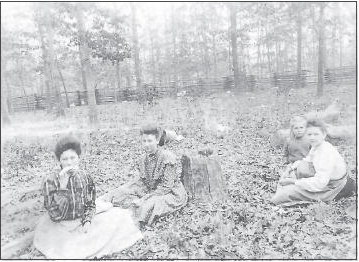Rail Fences and Oxen
Fences are good. The old saying goes that they make for better neighbors. Good people make better neighbors, but some believe that the apples that fall from your tree on their side of the fence are theirs (which they are), but the leaves continue to be yours. Nope, the leaves are theirs to deal with as well.
Fences keep things in or keep things out.
Right now we have a segmented fence on our southern border, which is supposed to be a barrier to people who wanted to enter the country without bothering to do so legally.
The fence was abandoned because it did what it was supposed to do.
Wood fences were made of split logs called rails.
In Lincoln's day rail fences were popular. They were made by resting bottom rails on a rock and stacking them vertically in a zig-zag fashion.
Abraham Lincoln, in 1860, ran for president, promoted as “The Railsplitter.”
It was said that in his younger years he could split 400 rails a day.
In the South the preferred raw material for rails was white oak since it splits cleanly. White oak was also used for “roofing boards” or shingles and was the material for baskets, chair bottoms, and wagon tongues.
Fences to keep animals out could be smaller than those to keep them in, so the cows and hogs were left to roam at will and browse with a bell attached to the “lead cow” to make tracking easier.
Some of the low rock walls on my grandfather's farm still stand. He bought the farm in 1915, and there are segments made of different kinds of rocks showing where he patched or extended a wall around his garden.
As rocky new ground was broken, rocks were piled in rows to form low walls or moved using a wooden sled with steel tracks pulled by a horse or mule, or in his case, an ox. Teams of oxen were popular among farmers of modest means because they were cheaper to buy, could out-pull mules, worked all day and could be hobbled at night to browse on poor grass. They weren't as fussy as horses and didn't have a mule's attitude.
Farmers developed methods of notching an animal's ear with a tool known as an “ear notcher.”
The patterns of notches could identify the owner and could record the genealogy of a pig.
Ear notchers are still available if you need one.
joenphillips@yahoo.com

Rail Fence and Family








